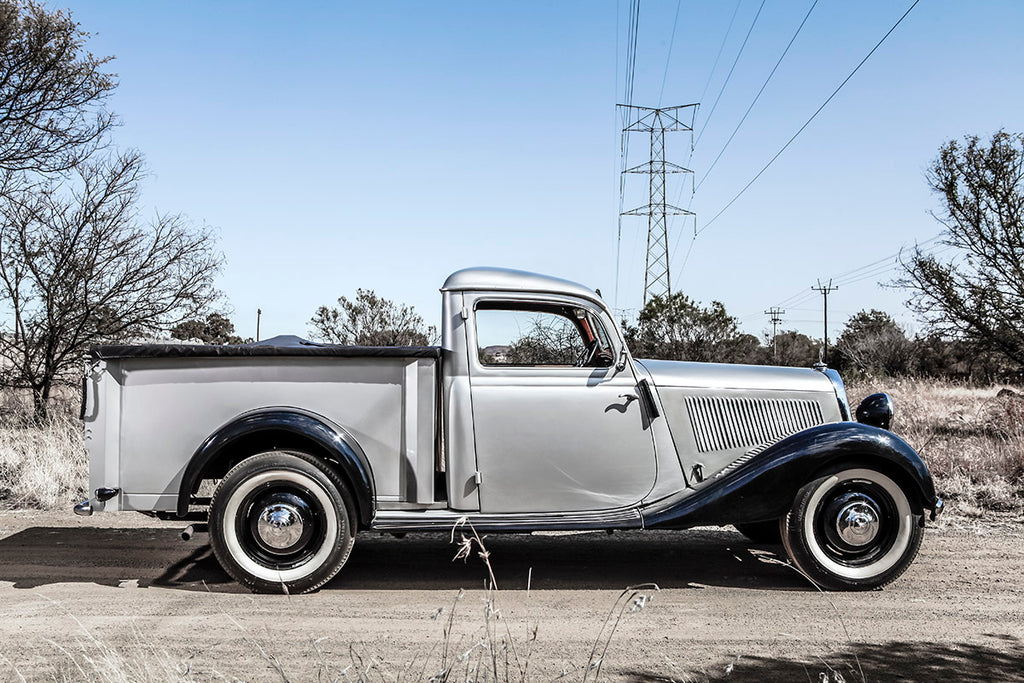
We drive one of Mercedes-Benz's earliest light-commercial vehicles, a perfect specimen of the rare 170 Da, and this example has received a full restoration.
Words: Wilhelm Lutjeharms
Photos: Kian Eriksen
South Africans love bakkies (pick-ups). That has been the case for a very long time, and is especially true today. Our motoring industry has had a love affair with these practical, multi-purpose vehicles since the earliest of days. Some bakkies are much rarer than others, and you are currently looking at a very rare example indeed...
It doesn’t happen often that I find myself paging through several Mercedes-Benz dedicated books and don’t find a single word on the model I have just driven. This is exactly the challenge I faced here. The 170 Da bakkie is not well-documented at all.
The history of these bakkies
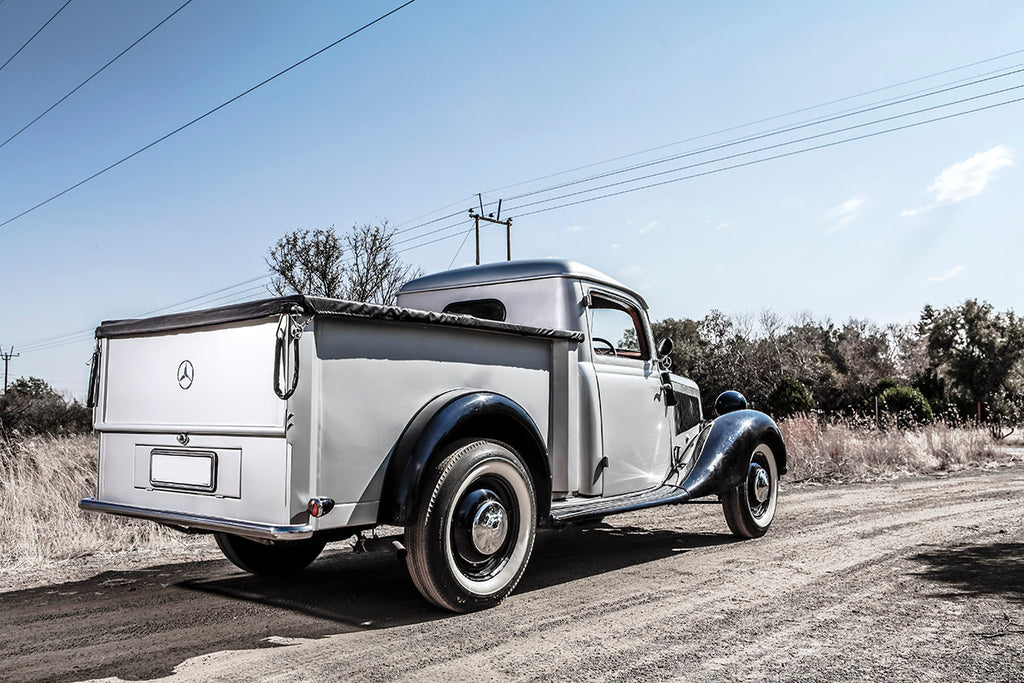
There is a reason for the lack of information, though. When these vehicles were imported to Southern Africa as chassis cabs, they were also called “half-cars”, as the imported product consisted of the front part of the vehicle, up to the B-pillar. Also referred to as SKD (semi-knocked down) units, it was up to the South African market to find a manufacturer to build the loading bay.
With hindsight it might not represent the most romantic idea of how a Mercedes-Benz was manufactured, but today they are relatively sought after by South African enthusiasts and collectors, partly because they are a uniquely local product.

The idea to import them came from a South African Mercedes-Benz dealer. As the vehicle would be classified as a commercial vehicle, it would not be subjected to the same import rules as those for passenger cars.
According to the late Fred Schnetler’s book (one of the most respected South African motoring writers), Progress, Passion and People, it was Heinz Grossman, a service engineer at Mercedes-Benz’s head office in Johannesburg who helped to bring the project to fruition. Obviously Daimler-Benz also put its weight behind the project, as they were keen on increasing sales.
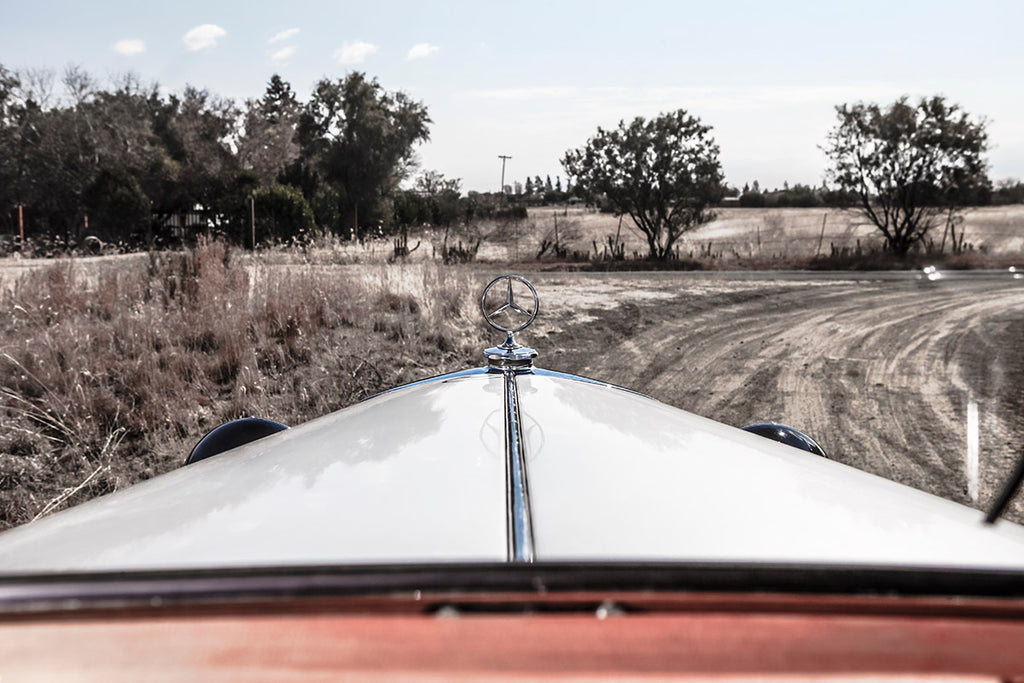
Eventually Morewear Industries in Germiston (situated outside Johannesburg) fitted the chassis cabs with load-boxes. Then, as at present, the aim was to offer a high-quality product, as several businessmen and farmers would be using the pick-up daily.
Up close
As I walk around the 170 Da for the first time, black-and-white images of the vast South African countryside pop up into my head. At the time it still took two or three days to drive from Johannesburg to Cape Town, a trip that can now be done in less than 15 hours. It was a time when the concept of a one-ton passenger pick-up was still a foreign concept.

This 170 Da originated in Namibia, then called South-West Africa. One of the previous owners had purchased the bakkie when it was in a totally dilapidated state. As I look at one of the pictures before the restoration project started, it is hard to imagine that it was even possible to consider restoring such a wreck.
To make the car roadworthy in South Africa, the car must have side indicators, so, apart from the flip-out original indicators that the bakkie still has, small indicators have also been fitted. They don't look out of place at all.
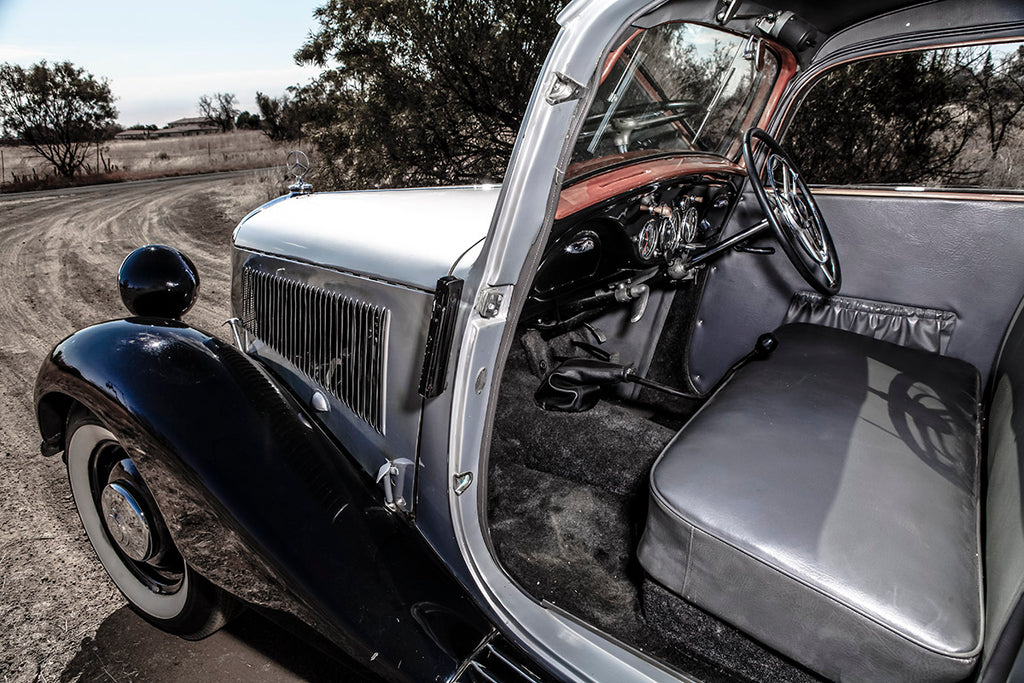
When the 170 Da was purchased, it was fitted with black tyres, but the current white-wall tyres, measuring 6.5/6.7 16, does give it a more vintage look. The wheels also feature the correct wheel hubs with the old, smaller Mercedes-Benz star on the caps.
Another highlight is found at the front of the car. The heavily louvered engine covers give one a false impression that there might be some powerful engine lurking underneath. However, pull the spring-loaded metal pins, open both covers and you are greeted with a modest 1.8-litre, four-cylinder diesel engine.
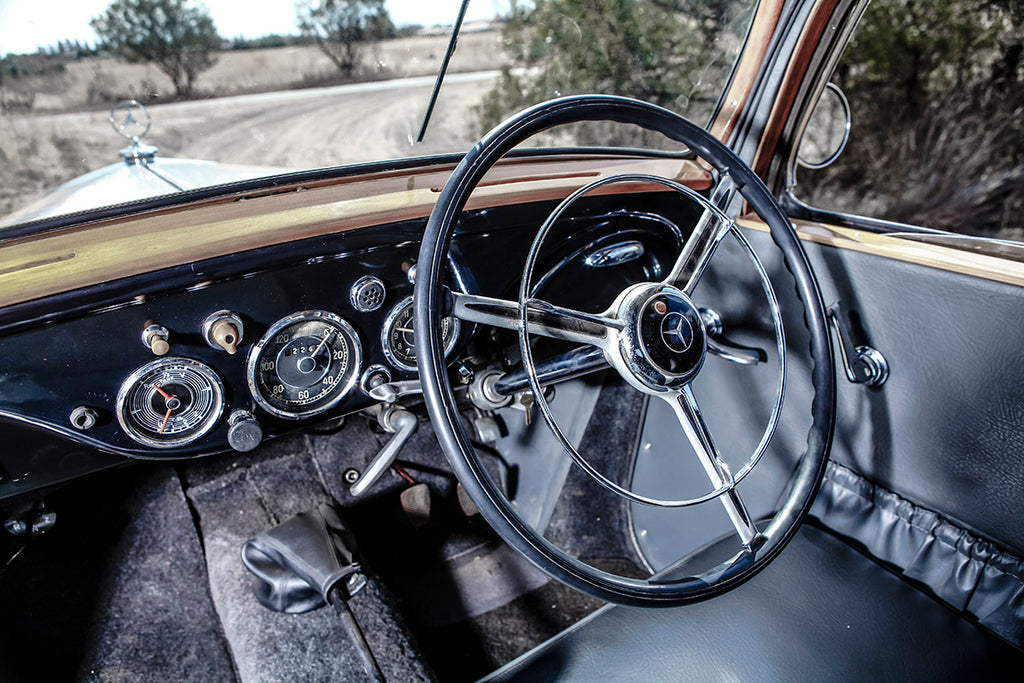
I open the door (backwards) with the small, but solid, door lever situated next to the front of the A-pillar. One immediately notices the leather strap on the inside, low down on the B-pillar, which pulls tight as you open the door. Once seated on the front bench I realise how small the cabin is, especially when the photographer also gets inside!
Behind the wheel
The cabin is elementary in its layout, and it is the wood surrounds of the door windows that contribute most to the vintage aura of the cabin. The view through the windscreen can be compared to that of a 170 passenger car of the time, especially when one takes into consideration the narrow bonnet with the individual headlights situated on the front wings.
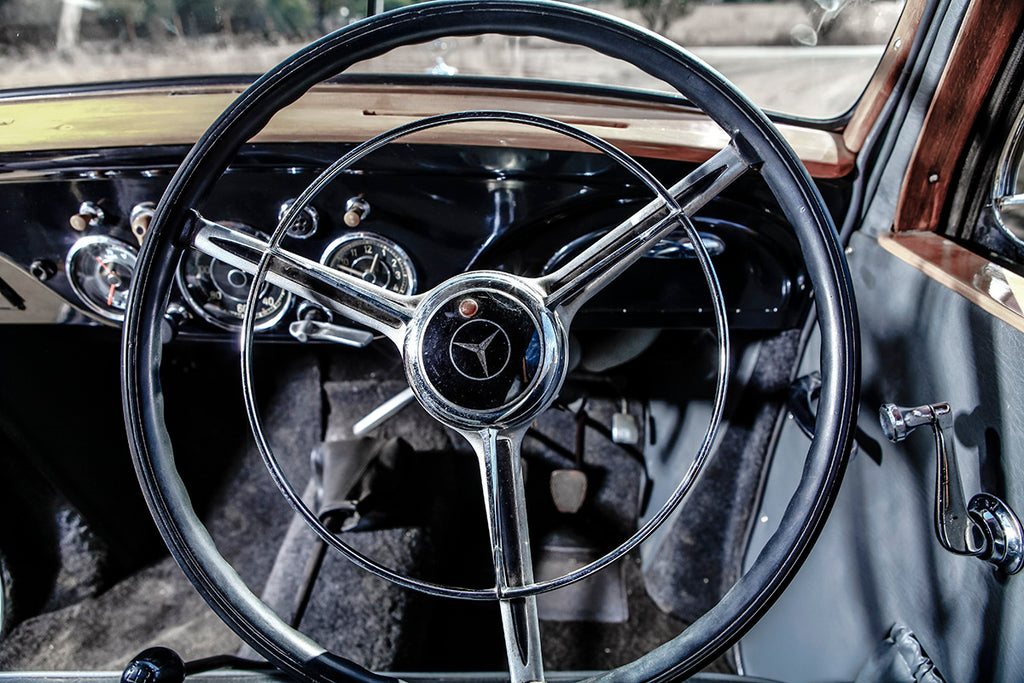
In the centre of the cabin, just above the windscreen, is the button to switch on the wipers. Apart from this button, there are instruments for the fuel tank and even a clock, all covered by chrome surrounds, all situated in the black metal dashboard. The huge steering wheel helps with leverage, while the sight of seeing a steering column running all the way to the footwell is rather captivating.
To start the engine, I need to turn the key on the right of the steering wheel, and then press a small chrome lever, situated on the left of the steering column upwards. The engine catches quicker than I had expected. Immediately the loud, clattering sound of an old diesel engine engulfs the cabin, and suddenly you are transported to the early days of diesel engine technology.
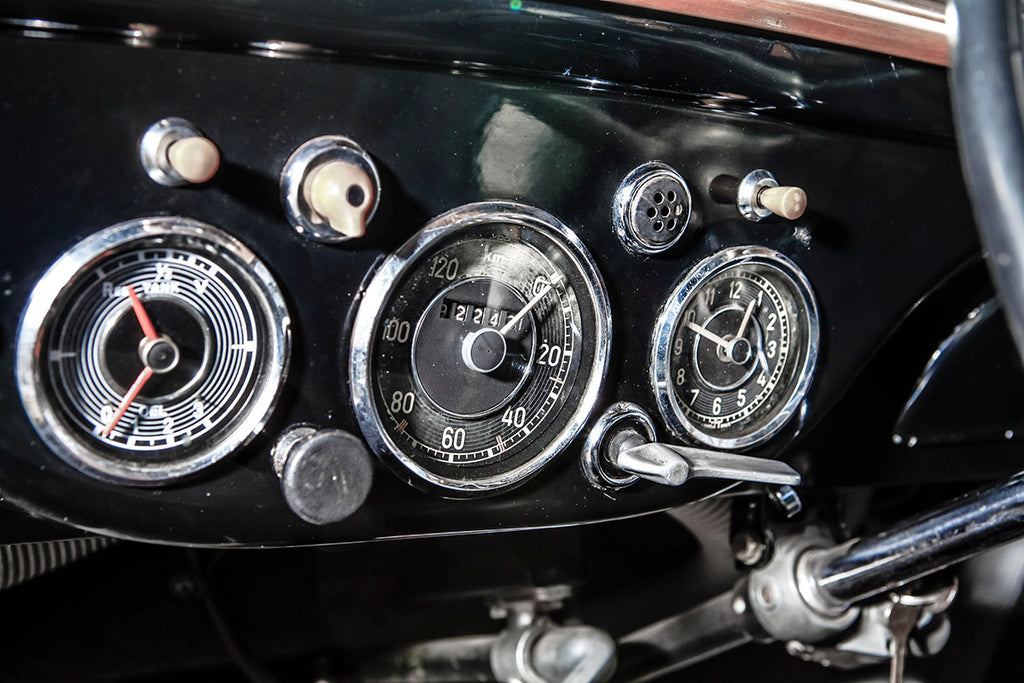
The footwells between the front occupants are divided by the thick and angled gearlever. I expected a cumbersome gearshift action, but as I engage first gear the lever easily navigates straight up and we are off. Reverse gear is hard left and up.
First gear is very short and seconds later I move the gearlever down and into second gear. I can't help but giggle at the speedo, which barely moves, but once I press the clutch pedal again and move the lever across the gate into third, we surge ahead at 50 km/h. How slow life in general must have been back then! At 1.87-metres, my hair just misses scraping the roof lining, but my field of vision does include the upper part of the windscreen and the lower part of the roof.

In the harsh, mid-day sunlight, the contrast of the two-tone silver and black paintwork, although not original, stands out and somehow does the bakkie justice. Purists might disagree and say that the metallic colour is slightly shinier than the original colours, but it is something you can only notice very close-up.
A neat trick by the restorer was to install additional gauges in the glove compartment to the right of the steering wheel. It makes perfect sense, as it is out of sight, but gives the driver added information about the engine’s water temperature and oil pressure. This is much needed information, especially during summer.
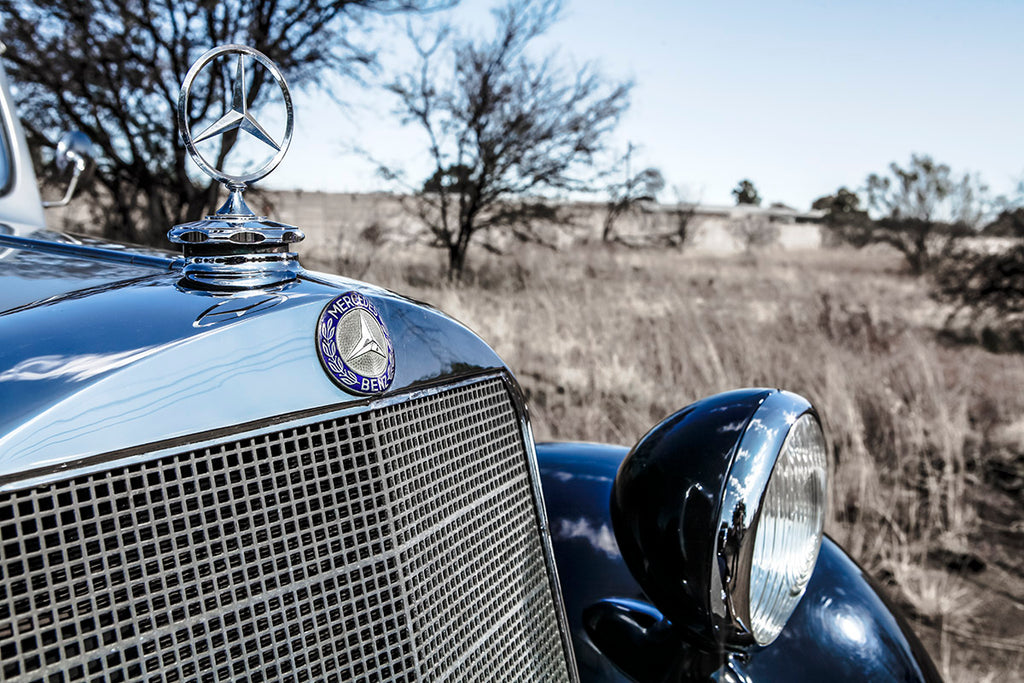
I park the bakkie and pull a black lever to switch off the engine. I open the door by reaching forward to the door handle and climb out, over the narrow side-sill. If you don’t look towards the rear, it could just as well be a normal passenger car of the time you are ascending from.
What a lovely little vehicle this is. It shows how rudimentary, and in its early stages, car design was at the time. It also shows how Mercedes-Benz, more than 70-years ago, thought about the importance of the economies of scale – how to use a single chassis for multiple applications.
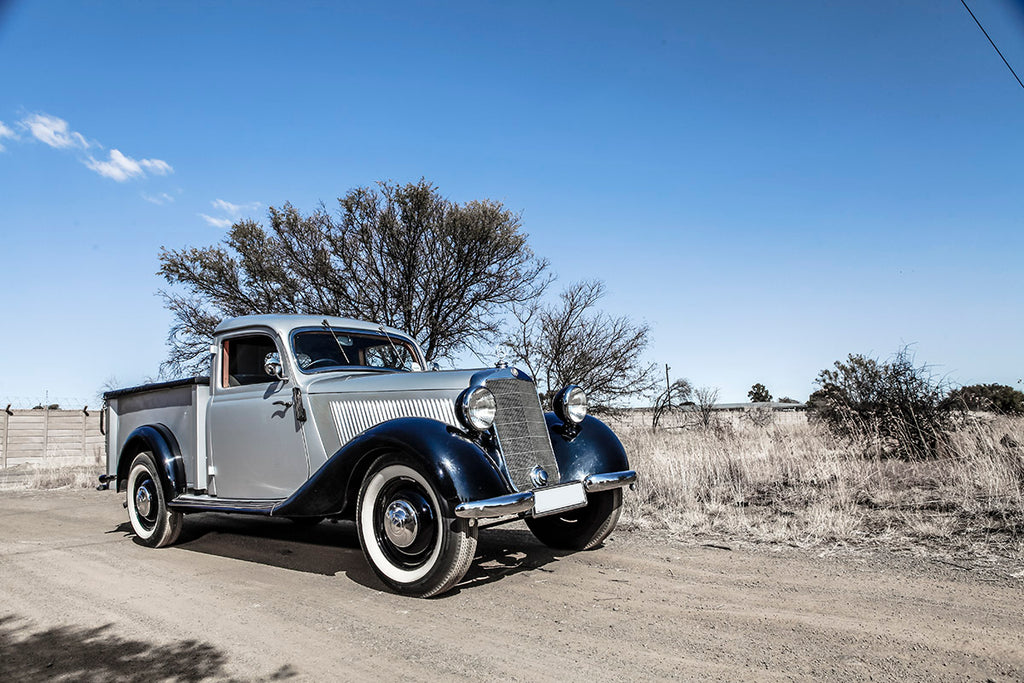
Specifications
1951 Mercedes-Benz 170 Da (W136)
Engine: 1.8-litre, four-cylinder, diesel
Power: 30 kW @ 3 200 rpm
Torque: 100 Nm @ 2 000 rpm
Transmission: 4-speed manual, RWD
Weight: 1 245 kg
Top speed: 100 km/h
Fuel consumption: 100 km/h
Years produced: 1951 – 1952
